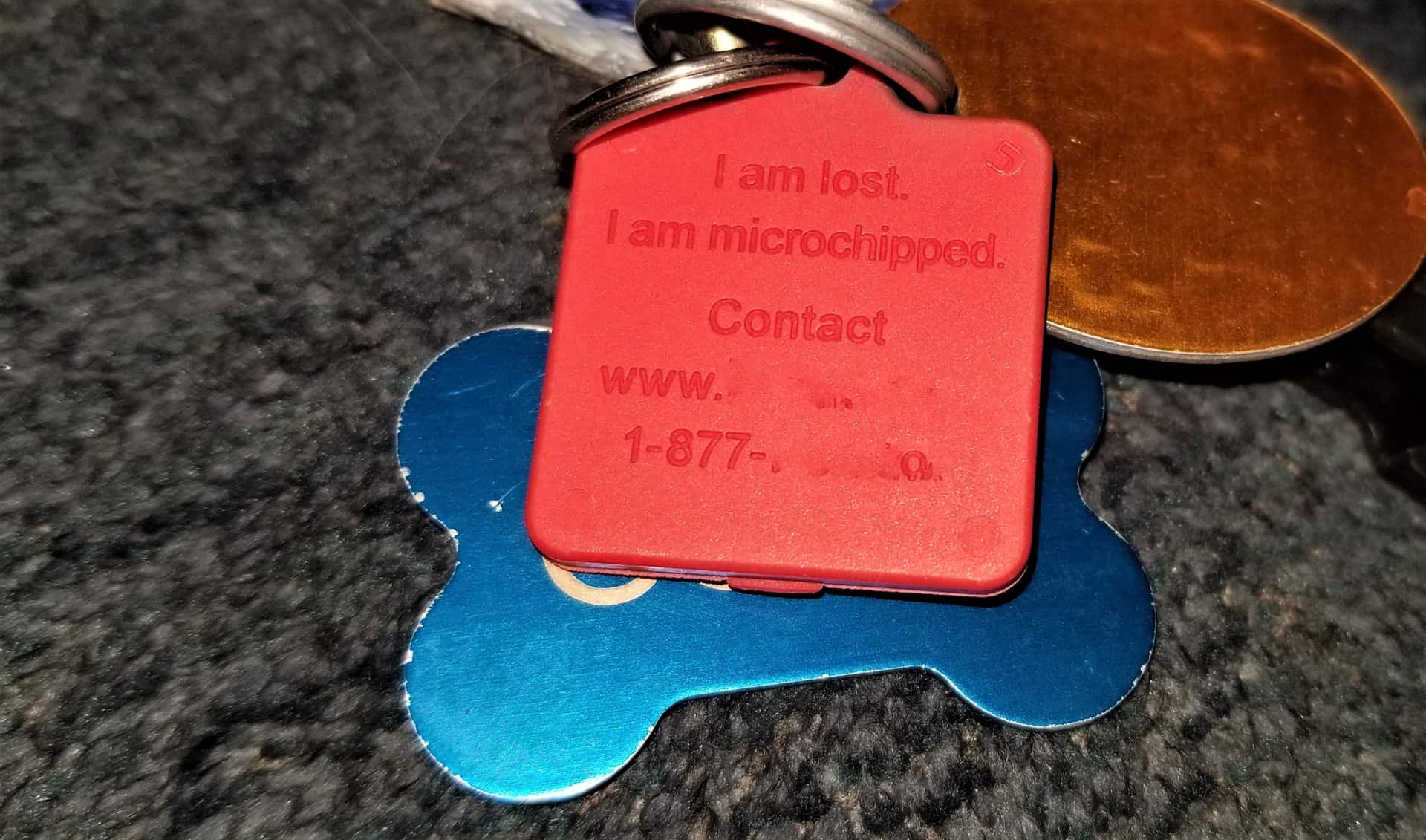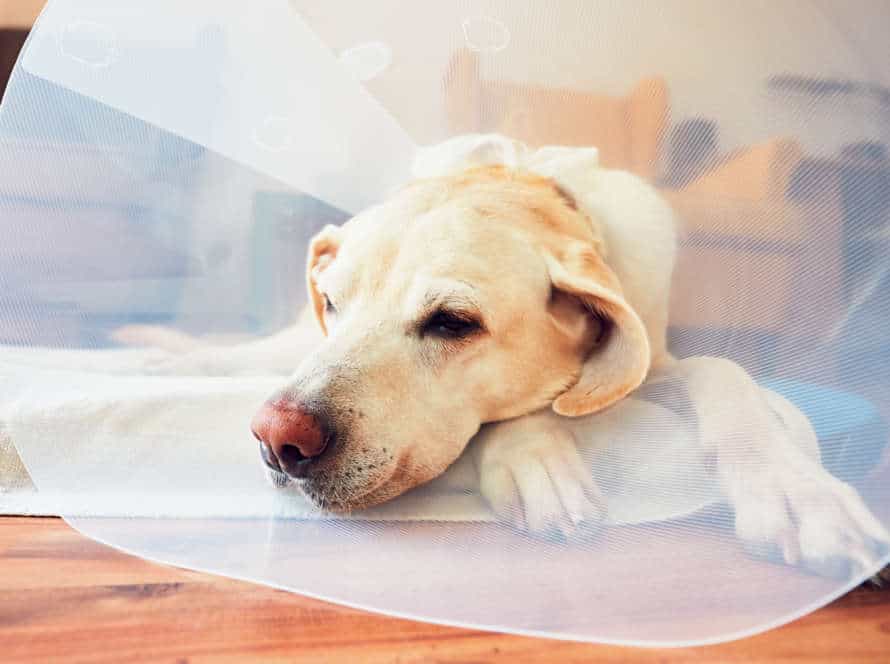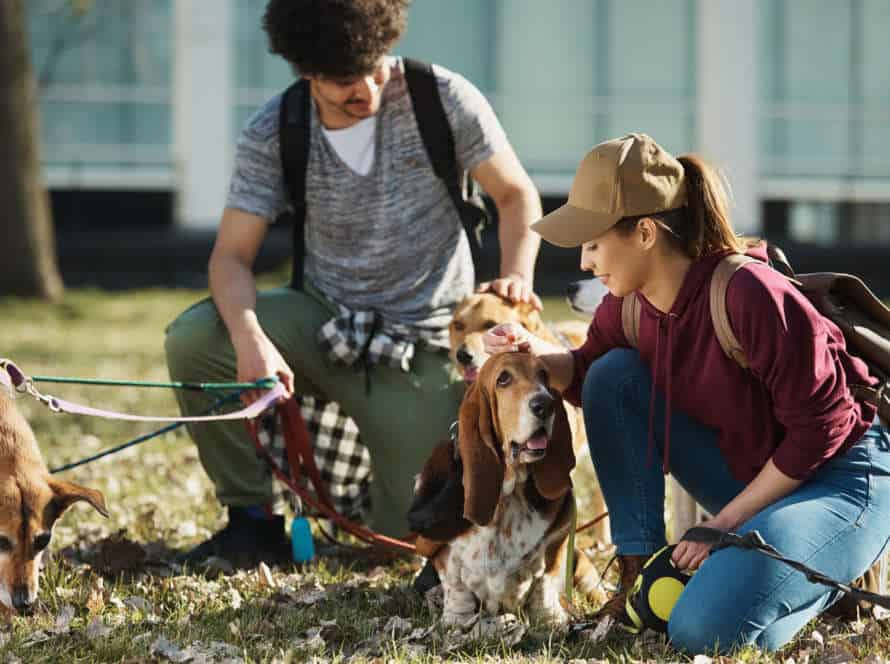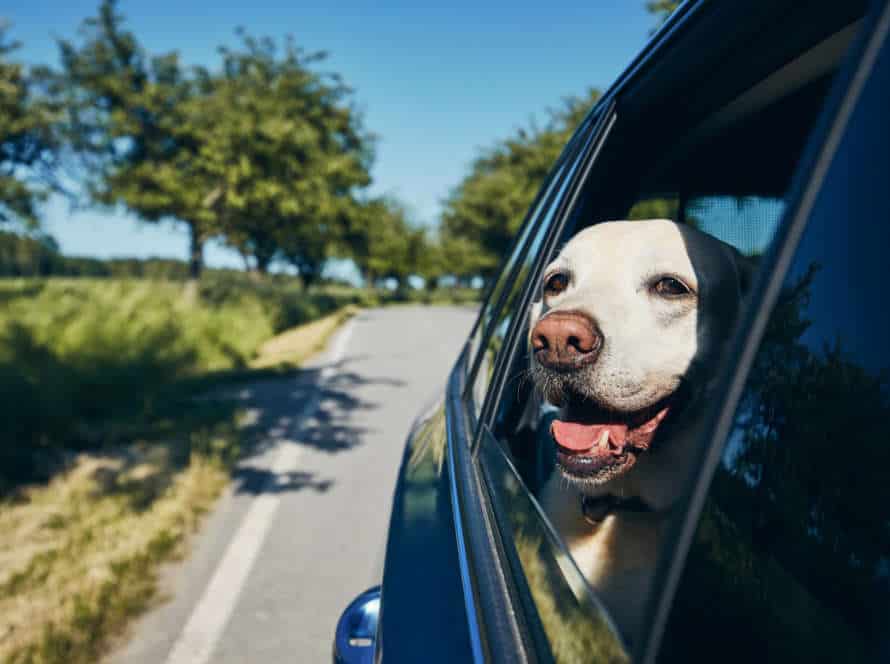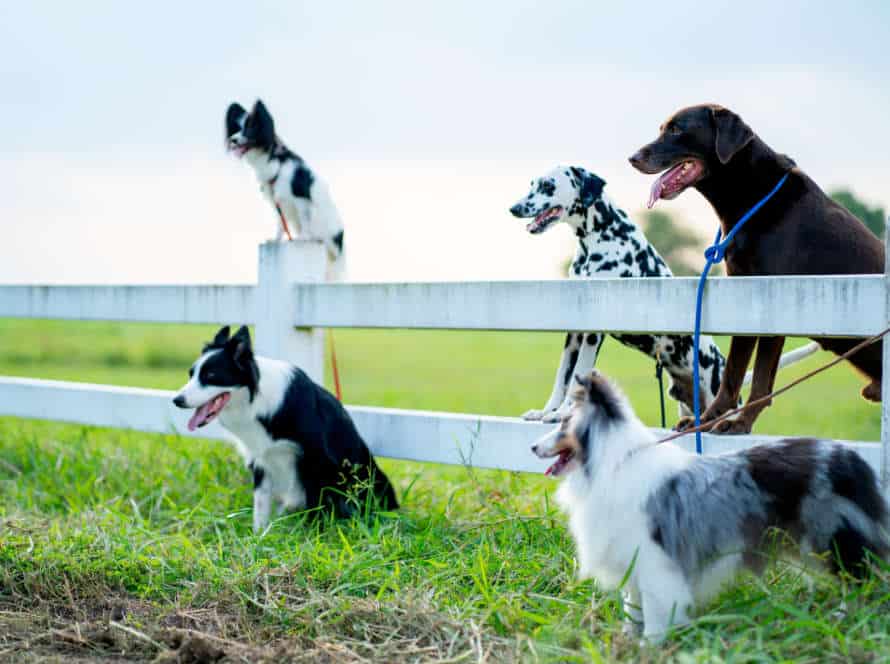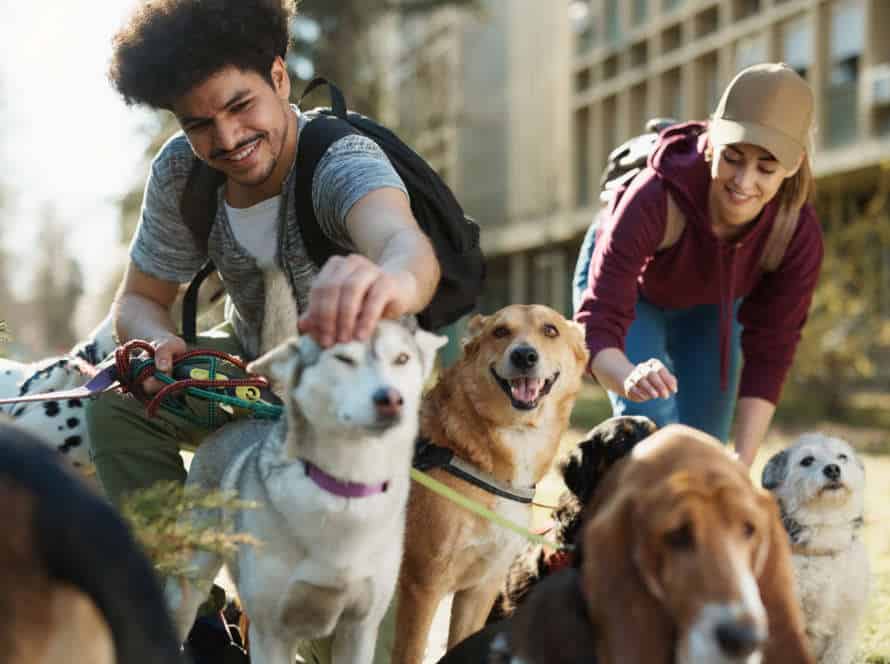Collars and Tags: Essential Identification Tools
Collars and tags are essential for pet owners. They help to ensure their safe return if they go missing. Collars come in leather or nylon and have either a buckle or snap closure. They should fit snugly around the neck, not too tight. Tags should have your pet’s name, your phone number, and any medical conditions or necessary medications. If your pet is microchipped, attach a tag saying so on their collar. Make sure to check their collar and tags regularly. If your contact info changes, update the tags.
Benefits of Using Collars and Tags
Collars and Tags are must-haves for any pet. They are the first line of defense for keeping your pet safe. Collars and Tags are a fast way to identify who you are, and help you and your pet get reunited if they ever wander off.
Let’s take a peek at the perks of using them.
Provides quick identification of your pet
Collars and tags are must-haves for pet identification. Invest in sturdy, top-notch ones for easy pet recognition. Here are their advantages:
- Quickly identify pet owners. If a pet goes missing, anyone who finds them can contact you from the tag info.
- Comply with state laws that require pets to wear collars with ID details.
- Add medical details, like allergies, on the tag in case of an emergency.
- Showcase your pet’s style and personality with different shapes, sizes, and colors.
Pro Tip: Update pet collar and tag info often to keep it current and correct.
Helps return lost pets to their owners quickly
Pets wearing collars and tags is a straightforward and successful strategy to secure their safe return to their owners if they go astray. Here are the advantages of using collars and tags:
- Identification: Tags containing info such as the pet’s name, owner’s name, and contact info are essential for correctly identifying the pet and its owner.
- Speed of Return: With a noticeable collar and tag, a kind person can spot your pet and its actual owner, and contact them quickly.
- Protection of pet: If your pet loses its way in a foreign area, a collar and tag lets people know that your pet has an owner and isn’t a stray. This guards your pet from danger or being taken to a shelter.
Tip: Make sure to routinely check and replace tags that have become worn or out of date, to guarantee the info on the tag is current.
Shows that your pet has a responsible owner
Using collars and tags for your pets is a must for responsible pet ownership. Here are the benefits:
- Easily identify lost pets. Collars and tags with contact info can help you get your pet back.
- Proof of vaccination. Some areas require collars and tags as proof of up-to-date vaccinations and licensing.
- Personalized and informative. Collars and tags can include your pet’s name, medical conditions and allergies.
- Safety on walks. They help identify your pet in an emergency outside.
- Peace of mind. You can relax knowing your pet is appropriately identified in case they’re lost or hurt.
Remember to update contact info regularly for your pet’s safety.
Types of Collars Available
Pet collars and tags are a must for identification. They help owners keep track of their furry friend and make sure that the pet can be reunited with them if it ever gets lost. Comfort and safety come first when shopping for a collar. Here are the different kinds of collars available:
Flat buckle collars
Flat buckle collars are the perfect choice for pet identification. They’re made of nylon, leather or cotton, and feature a metal buckle and ring. They come in many sizes, colors and designs, so you can pick the one that suits your pet’s size and personality. The buckle closure is easy to use, and provides a snug fit. The flat design prevents matting and tangling of fur.
These collars are great for pets that don’t pull on their leash. They’re also perfect for pets with sensitive skin, as they won’t cause rashes or irritation. However, don’t use these collars for tie-out or situations where your pet needs extra restraint.
Martingale collars
Martingale collars are a type of dog collar that provide gentle control. They tighten when a dog pulls on the leash or tries to back out. This prevents them from slipping out and keeps them safe.
These collars come in two variations:
- All fabric
- Fabric with metal chain
They’re great for dogs that escape traditional collars, or for breeds with necks bigger than their heads. They provide safety without pain or discomfort.
Pro Tip: Measure your dog’s neck before buying a martingale collar. That way, you’ll get the right size.
Breakaway collars
Breakaway collars are a type of collar that releases when pulled, keeping your pet safe from harm. They are an extra safety measure for cats who climb trees and dogs who play rough.
Flat collars are the most common. They’re usually nylon or leather and have a buckle or snap closure. They are perfect for identification tags and training.
Martingale collars are designed for sighthounds like whippets and greyhounds. They tighten slightly when tugged, stopping them from slipping out.
Harnesses are great for dogs with breathing problems and breeds with short skulls, like pugs and Shih Tzus. Pressure is evenly distributed across their chest.
Always equip your pet with a collar and an ID tag as it helps you find them easily if they get lost. Fit is important – make sure the collar and tags fit correctly and are comfortable for your pet to wear all day. Check the fit regularly.
Choosing the Right Collar for Your Pet
Picking the ideal collar for your furry friend is a must. It’s key to select one which is not only attractive, but comfy as well. It should be adjustable and fit your pet’s neck comfortably. Plus, make sure it has the correct tag for identification. In this article, we’ll discuss the different kinds of collars and their advantages.
Consider your pet’s size and breed
When selecting a collar for your pet, you must take into account the size and breed of your pet, so as to guarantee their comfort and safety.
Small breeds: Lighter and thinner collars should be used to prevent choking or discomfort. Nylon and flat collars work well.
Medium breeds: Collars such as leather, martingale, and chain collars are suitable for medium-sized breeds.
Large breeds: Bigger, stronger, and more durable collars like prong, head, or harness collars provide better control when walking.
Breeds with thick necks: Breeds such as St. Bernard or Great Dane need larger collars. Make use of collars with adjustable buckle for such breeds.
Furthermore, the collar also serves as an identification device. So, make sure the collar has an appropriate tag in case your pet gets lost.
Look for a comfortable fit
Finding the ideal collar for your furry friend is essential for their wellbeing, safety, and identification. Here are some things to think about when searching for a comfortable fit:
- Size: It should fit nicely around their neck, not too tight or too loose. Leave a gap of two fingers between the collar and their neck as a guide.
- Material: Collars come in a variety of materials, e.g. nylon, leather, neoprene. Pick something that is sturdy and comfy for them to wear.
- Design: Some collars include features like padding, reflective strips, or quick-release buckles. These can boost your pet’s comfort and safety.
- Identification: Every pet should have a collar with tags. This should include their name, your contact number, and any other vital info. It can help you find your pet quickly if they get lost.
By considering these factors, you can select a collar that meets both your pet’s comfort and identification needs.
Check the collar’s durability and safety features
Choosing the right collar for your pet is essential. Here are some tips to ensure your furry friend’s safety and security:
- Durability: Choose collars made of durable materials such as nylon or leather. These are tough and not easy to break.
- Safety Features: Look for a quick-release buckle that can be opened quickly if your pet gets stuck. The collar should fit comfortably on their neck. Not too loose or too tight. A reflective collar can improve visibility in low-light conditions.
- Pro Tip: Check the collar regularly for wear and tear. Replace it when needed for your pet’s safety.
Types of Tags Available
Safety for your pet? There are lots of tags and collars to select! From plain ID tags to personalized ones, you can get the one that fits your pet’s look and needs. Let’s check out the various tags and their benefits!
Basic identification tags
Identification tags for pets are key to keeping them safe and traceable if they ever get lost. Collars and tags are two popular types. Collars fit around your pet’s neck and can be made of materials like nylon, leather, or neoprene. Tags come in various sizes and materials, like metal, plastic, or even digital. They attach to the collar or harness and can be customized with info.
It’s essential that your pet wears an identification tag all the time. Pro tip: Check the details often and replace the tag if it falls off or becomes unreadable.
Personalized tags
Personalized tags are a must for pet owners. They provide vital info, like name, phone number, address, etc. There are different kinds available. These include:
- Metal tags – Made from stainless steel, brass, or aluminum. Come in different shapes and sizes. Can be engraved with pet info. Long-lasting.
- Plastic tags – Lightweight and cheap. Not the best choice if your pet chews or engages in rough play.
- Collars with tags – Attached to a specific collar. Different colors and materials. Can be personalized.
- GPS tags – Track pet’s real-time location with GPS. Monthly subscription fee. Require a cellular network.
Personalized tags are important to help ensure a pet’s safe return if they get lost.
GPS tags
GPS tags are a must-have for pet owners. They help you find your pet in real-time! There are two types: collars & tags.
Collar GPS tags attach to collars and are equipped with GPS, Wi-Fi, and Bluetooth tech. They track location, set safe zones, and notify you if your pet leaves the area. Plus, some have activity monitors to keep tabs on fitness.
Tag GPS tags are smaller and lighter. Attach to existing collars and use GPS/Bluetooth to track location. Some even have batteries that last up to a year. Tag GPS tags are great for pet owners who want a low-cost option.
GPS tags give pet owners peace of mind, whether at home or outdoors.
Importance of Updating Collars and Tags
Keeping collars and tags with the right info is one of the most cost-effective and essential things for your pet’s safety. Updating them regularly is a great way to make sure your pet can be quickly found and brought back to you if they get lost. Let’s check out the importance of having up-to-date information, and how it helps your pet.
Keep your pet’s identification current
Having current identification of your pet is very important. It boosts the chances of getting your pet back if it gets lost. Updating the collars and tags with ownership info makes it easier for anyone finding it to return it to you. Collars and tags are an essential way to show who your pet belongs to.
To make sure your pet is always identifiable:
- Ensure it always wears a collar with tags.
- Update the info on its collar and tags when you change your contact details.
- Choose a durable tag material that can handle wear and tear.
Make sure your contact information is up-to-date
It is vital to keep your contact info current for fast reunion with your furry pal if they get lost. Collars and Tags are key ID tools for this. Here are why updating them is so important:
- In a lost situation, collars and tags aid in identifying and getting in touch with you swiftly.
- Having the correct data on your pet’s collar and tag helps to find them quickly.
- Collars and tags are useful for showing medical conditions or allergies they may have, which can be essential info in an emergency.
- Not refreshing contact info on their collar and tag can cause delayed reunion or even losing them.
Pro tip: Double-check your pet’s collars and tags every 6 months so the info stays up-to-date.
Ensure your pet is safe and quickly returned if lost
Collars and tags are must-have ID tools that can help make sure your pet is safe and can be returned quickly if they get lost. Updating them regularly is key to make certain the info is right.
Here’s why collars and tags are essential for your pet:
- Identification: They give vital information such as your pet’s name, your name, phone number and address. This can help someone find and return your pet to you if they get lost.
- Safety: It shows people that your pet has a home and an owner who looks after them. This could stop them from being taken to a shelter if strangers find them.
- Legal: Many towns require pets to wear ID tags all the time. Not following this could lead to fines.
Pro tip: Keep your pet’s collars and tags up-to-date with correct details, so they can be brought home safely and quickly if lost.
Frequently Asked Questions
Q: Why is it important to have a collar and tag for my pet?
A: A collar and tag are essential identification tools that help identify your pet and ensure its safe return if lost. Without identification, it can be difficult for others to contact the owner and return the pet.
Q: What information should be included on my pet’s tag?
A: Your pet’s tag should include its name, your name, and your phone number. You can also include your address or any important medical information if necessary.
Q: How often should I replace my pet’s collar and tag?
A: Collars and tags can become worn or damaged over time, so it’s important to regularly inspect them for any signs of wear and tear. We recommend replacing both every 6-12 months.
Q: Can my pet wear a collar while at home?
A: It’s completely safe for pets to wear collars while at home, and it’s recommended in case they escape or get lost. Just make sure the collar isn’t too tight or uncomfortable for your pet.
Q: Should I microchip my pet in addition to using a collar and tag?
A: Yes, microchipping your pet provides an additional layer of identification in case the collar and tag are lost or removed. Make sure to keep the microchip information up to date with your current contact information.
Q: What type of collar is best for my pet?
A: Collars come in various materials and styles, so it’s important to choose one that fits your pet comfortably and securely. It’s best to avoid chains or choke collars, and opt for a flat collar or a harness instead.

